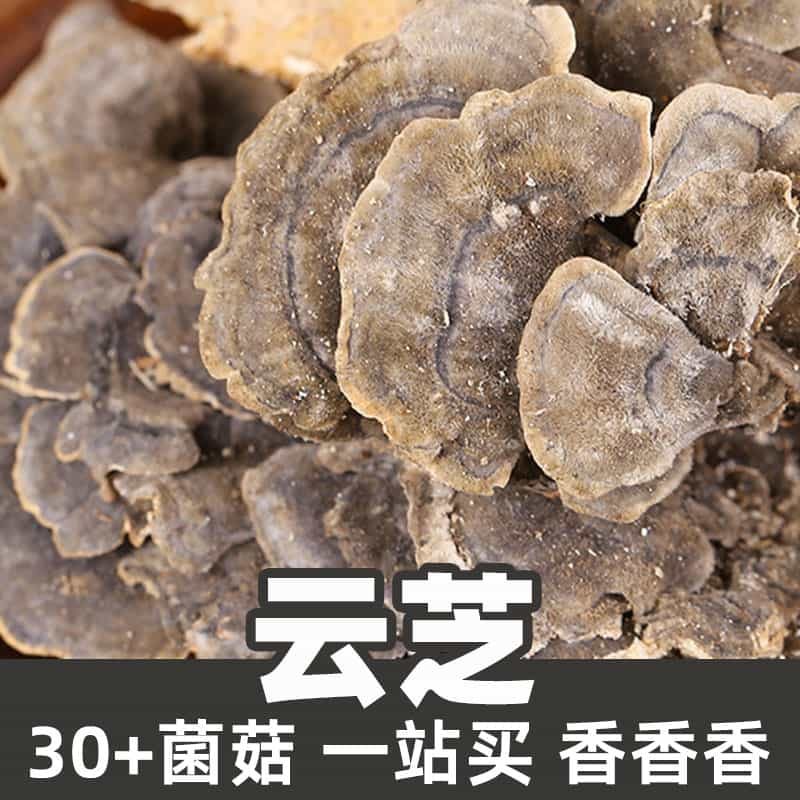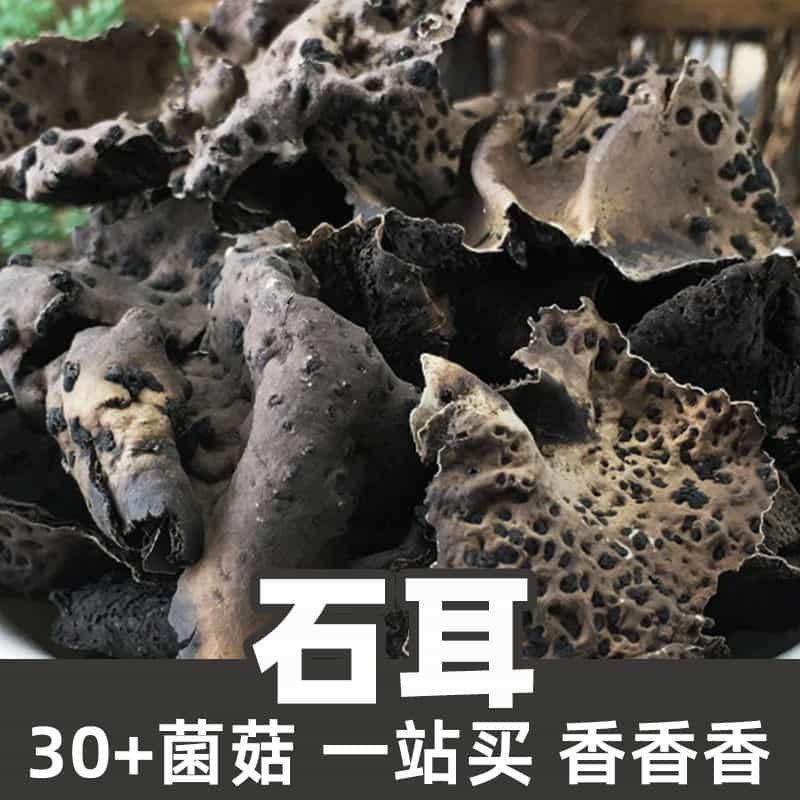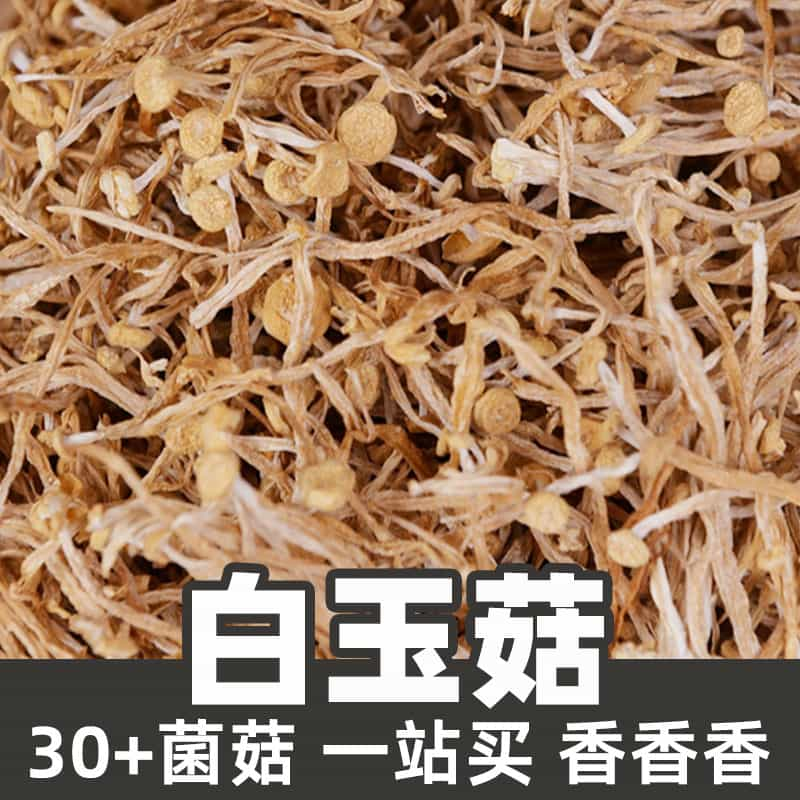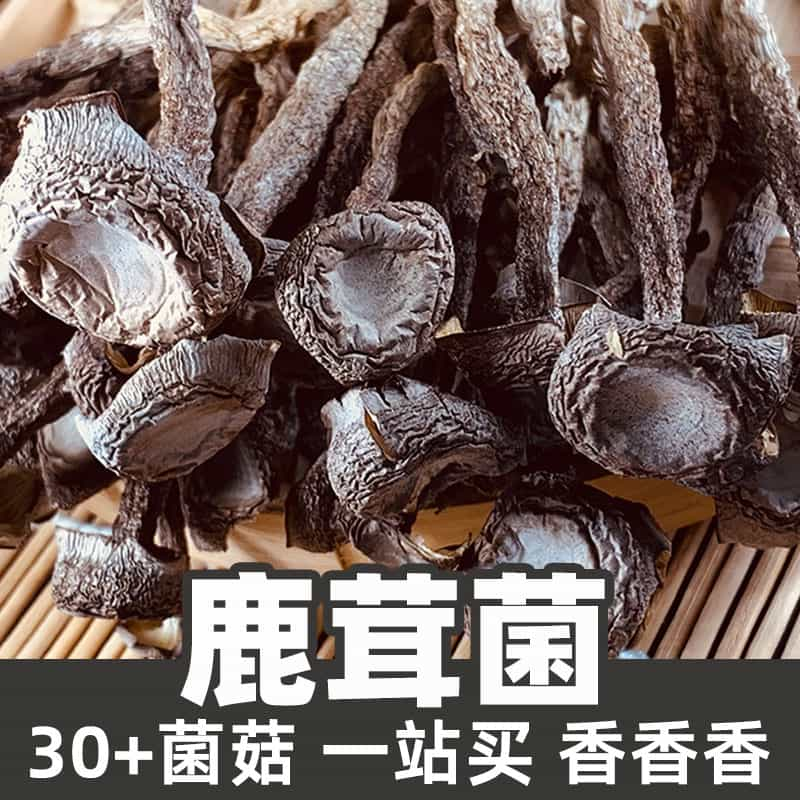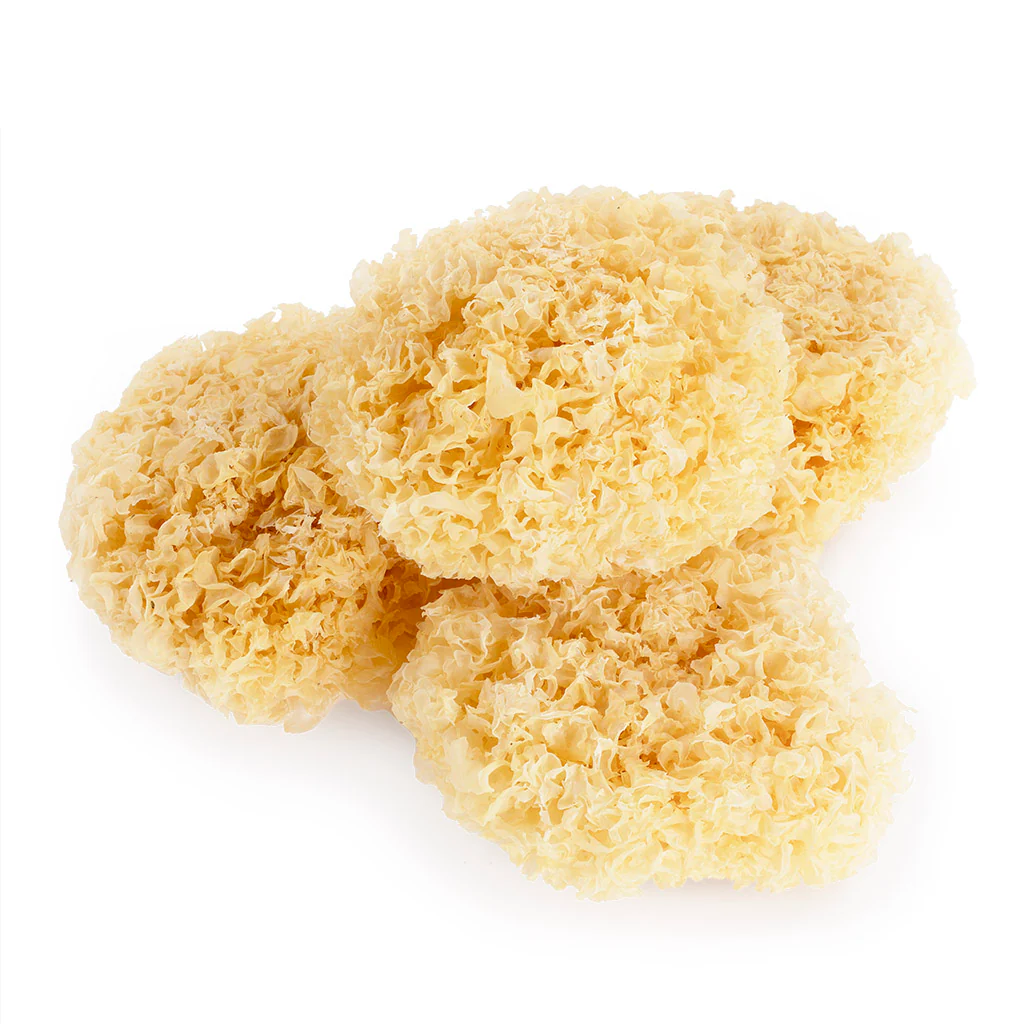Auricularia polytricha, commonly known as wood ear mushroom, is a type of edible fungus widely found in various regions across the world, especially in tropical and subtropical climates. This jelly fungus holds cultural significance in various Asian cuisines, where it is used for its unique texture and mild flavor. Wood ear mushrooms are not only cherished for their culinary applications but also valued for their nutritional and medicinal properties. Traditionally, they have been employed in Chinese medicine for their supposed health benefits, ranging from improving circulation to boosting the immune system.
The nutritional profile of Auricularia polytricha is notable. It is high in polysaccharides, which are essential for energy and health, along with antioxidants that combat oxidative stress. It also contains a variety of vitamins and minerals, making it a beneficial addition to many diets. This mushroom can be found in dried form in many health food stores and Asian markets, where it has become increasingly popular in recent years among health-conscious consumers.
These characteristics make Auricularia polytricha a versatile ingredient in numerous dishes, allowing it to enhance both flavor and nutrition. Whether served in stir-fries, soups, or salads, it remains a healthful and imaginative choice for those looking to explore the wonderful world of mushrooms.
The nutritional composition of Auricularia polytricha emphasizes its beneficial attributes. Polysaccharides, including beta-glucans, contribute to enhanced immunity and overall health. These complexes can help in regulating blood sugar levels and supporting heart health. Additionally, this mushroom contains a spectrum of antioxidants such as phenols, which are known for their protective properties against cellular damage.
In terms of vitamins, Auricularia polytricha is a source of B vitamins, particularly thiamine, riboflavin, and niacin, which are crucial for energy metabolism and maintaining the nervous system. Furthermore, the mineral content is noteworthy; it contains essential elements like copper, potassium, zinc, and iron. This composition not only supports daily nutritional needs but also contributes to supplementary health benefits, making the wood ear mushroom an appealing choice for both culinary and health-focused applications.
The applications of Auricularia polytricha are diverse, spanning culinary, medicinal, and industrial fields. In cooking, it adds a unique texture and absorbs flavors well, making it a common ingredient in soups and stir-fries. Its chewy consistency and ability to retain moisture enhance the overall mouthfeel of dishes.
From a medicinal standpoint, Auricularia polytricha has been traditionally used in Asian countries to promote good health. It is thought to improve blood circulation, reduce cholesterol levels, and support respiratory health. Its antioxidant properties are also significant in managing inflammation-related conditions.
In addition to its culinary and medicinal uses, the mushroom is being explored for its potential applications in holistic health products, such as dietary supplements. Its health-promoting properties make it a candidate for further research in the field of nutraceuticals, showcasing its significance beyond simple consumption.
Auricularia polytricha thrives in various environments and is predominantly found in tropical and subtropical forests. It typically grows on decaying wood, which provides the necessary nutrients for its development. This fungus prefers moist and humid conditions, contributing to its growth in logged areas and around tree stumps.
Geographically, wood ear mushrooms are native to regions in Asia but have adapted to grow in other regions as well. They are commonly found across Southeast Asia, China, and other temperate regions where humidity is favorable. The environmental conditions play a critical role in its growth cycle, as the presence of organic matter in the form of decomposing wood is essential for its life cycle.
Cultivation of Auricularia polytricha has gained popularity as well, as controlled environments can replicate the natural conditions needed for growth. Farmers often grow it on substrates such as sawdust or other lignocellulosic materials, making it accessible for broader distribution.
The harvesting, processing, and storage of Auricularia polytricha require specific methods to ensure quality and longevity. Harvesting typically occurs when the mushrooms are fully mature, characterized by their distinct ear-like shape. Care is taken to gently detach the mushrooms from their natural substrates, preserving the surrounding ecosystem.
Once harvested, wood ear mushrooms can be processed by being cleaned and dried. Drying is essential as it extends their shelf life considerably, often allowing them to be stored for months. This process involves air drying or using dehydrators at low temperatures to retain their nutritional properties.
Storage conditions play a crucial role in maintaining the quality of dried wood ear mushrooms. They should be kept in airtight containers in a cool and dark environment, away from moisture and direct sunlight. Properly stored, they can retain their flavor and texture for extended periods. In culinary applications, dried mushrooms are often rehydrated before cooking to restore their original texture, providing versatility in various recipes.
Monica Sun is a seasoned expert in the natural raw materials industry, with over a decade of experience specializing in traditional Chinese medicinal herbs, spices, and fungi. She is skilled in the sourcing, processing, and application of these materials, emphasizing sustainability and innovation. Monica Sun has contributed to the development of high-quality natural raw materials that serve as essential components in functional foods, pharmaceuticals, and cosmetics, delivering tailored solutions to meet diverse market needs.









